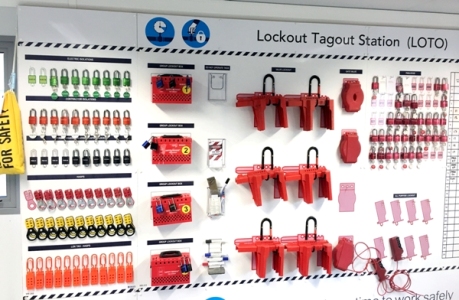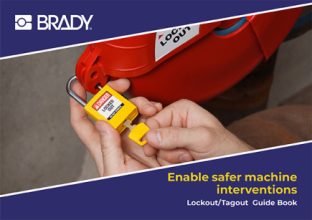
Esther Kimani is the third woman and second Kenyan to win the Africa Prize. (Image source: Royal Academy of Engineering)
Esther Kimani has been named winner of the Royal Academy of Engineering’s Africa Prize for Engineering Innovation for her early crop pest and disease detection device
The winning AI tool was selected by judges due to its ability to swiftly detect and identify agricultural pests and diseases. This innovation offers the chance for smallholder farmers to reduce crop losses by up to 30% while increasing yields by up to 40% – a particularly pertinent issue in Kenya where five million smallholder farmers lost 33% of their crops on average to pests and diseases.
Kimani’s solar-powered tool uses computer vision algorithms and advanced machine learning to detect and identify crop pests, pathogens or diseases, as well as the nature of the infection or infestation. The device then notifies the farmer via SMS. This affordable alternative to traditional detection methods leases for just US$3 per month.
“My parents would lose up to 40% of their crops each farming season, which affected our standard of living,” commented Kimani. “We are empowering smallholder farmers, many of whom are women, to increase their income. We aim to scale to one million farmers in the next five years.”
For her efforts and to help further develop the device, Kimani received KSh8.3mn to further develop the device – the largest amount awarded to a winner yet.
In claiming the prize, Kimani edged ahead of three other finalists who have subsequently each been awarded KSh2.5mn. These included:
• Kevin Maina, Eco Tiles: An environmentally-friendly roofing material made from recycled plastic. Stronger and lighter than clay or concrete tiles, the innovation is a dual solution to plastic pollution and high building costs.
• Rory Assandey, La Ruche Health: An AI chatbot tool available on WhatsApp and mobile apps named ‘Kiko’ to connect communities to vital health information, advice and services with a digital backend solution to streamline documentation, billing, and data sharing for practitioners.
• Martin Tumusiime, Yo-Waste: A location-based mobile application that connects homes and businesses to independent agents for efficient on-demand rubbish collection and disposal to help Uganda combat its mounting waste crisis.
A separate ‘One to Watch’ award was also awarded to Abubakari Zarouk Imoro for his innovation, Myco-Substitutes, for their innovation’s impact on local communities. Imoro received UK£5,000, conferred in 2024 in honour of Martin Bruce, a late Ghanaian alumnus of the Africa Prize.
10th Africa Prize marked in Nairobi
The annual Africa Prize was introduced in order to support innovators in their quest to develop sustainable and scalable solutions to local challenges in the continent.
This year, the Royal Academy of Engineering is celebrating the 10th anniversary of the prize and has marked the milestone by hosting the Africa Prize Alumni Reunion. This brought together 100 innovators from the past decade ahead of the final ceremony. Since its inception, the Africa Prize alumni community has now grown to almost 150 entrepreneurs from 23 countries who have reportedly generated more than 28,000 jobs through their innovations and services.
The 2025 Africa Prize for Engineering Innovation is now open for entries. The Academy is looking for scalable engineering solutions designed to solve local challenges, and individuals and small teams living and working in sub-Saharan Africa are invited to enter.


























